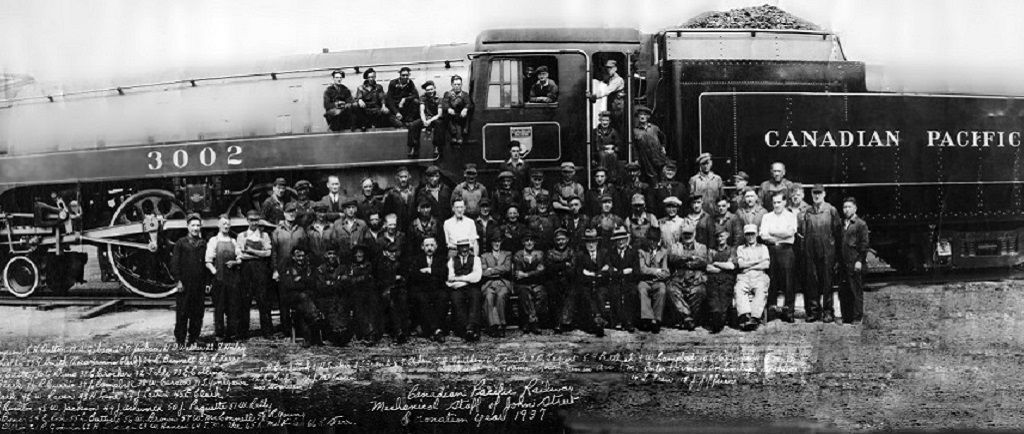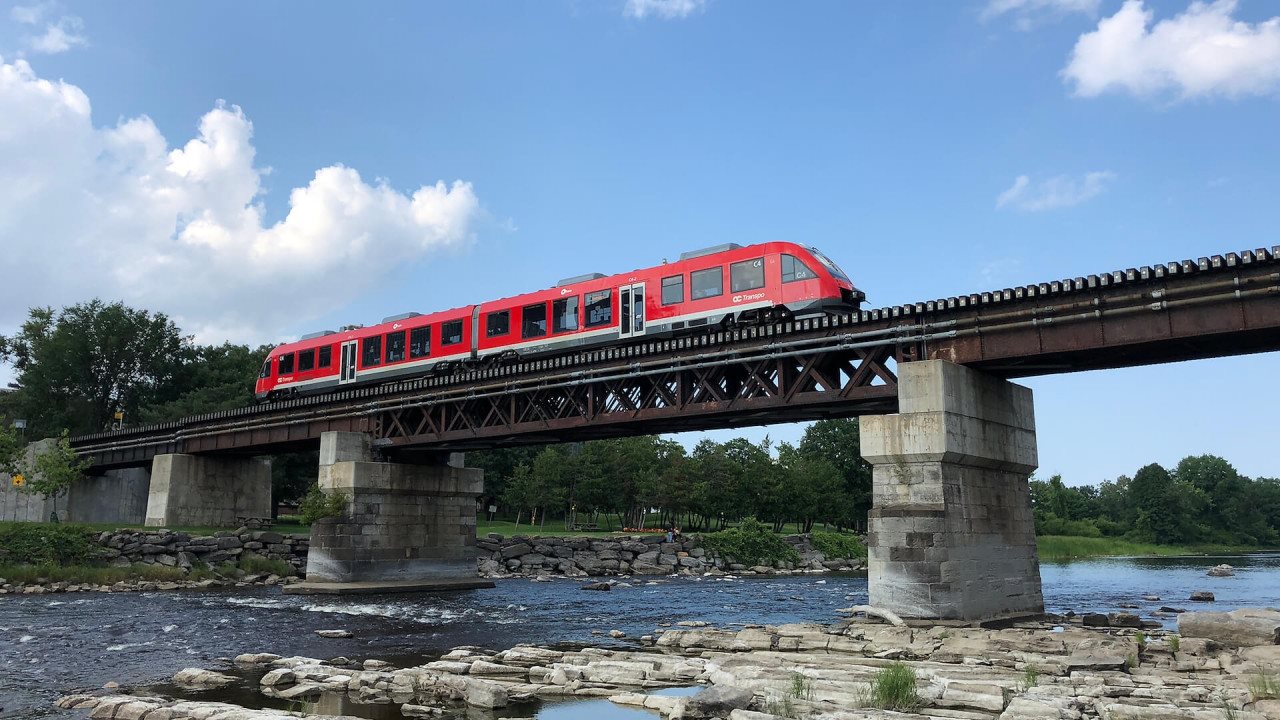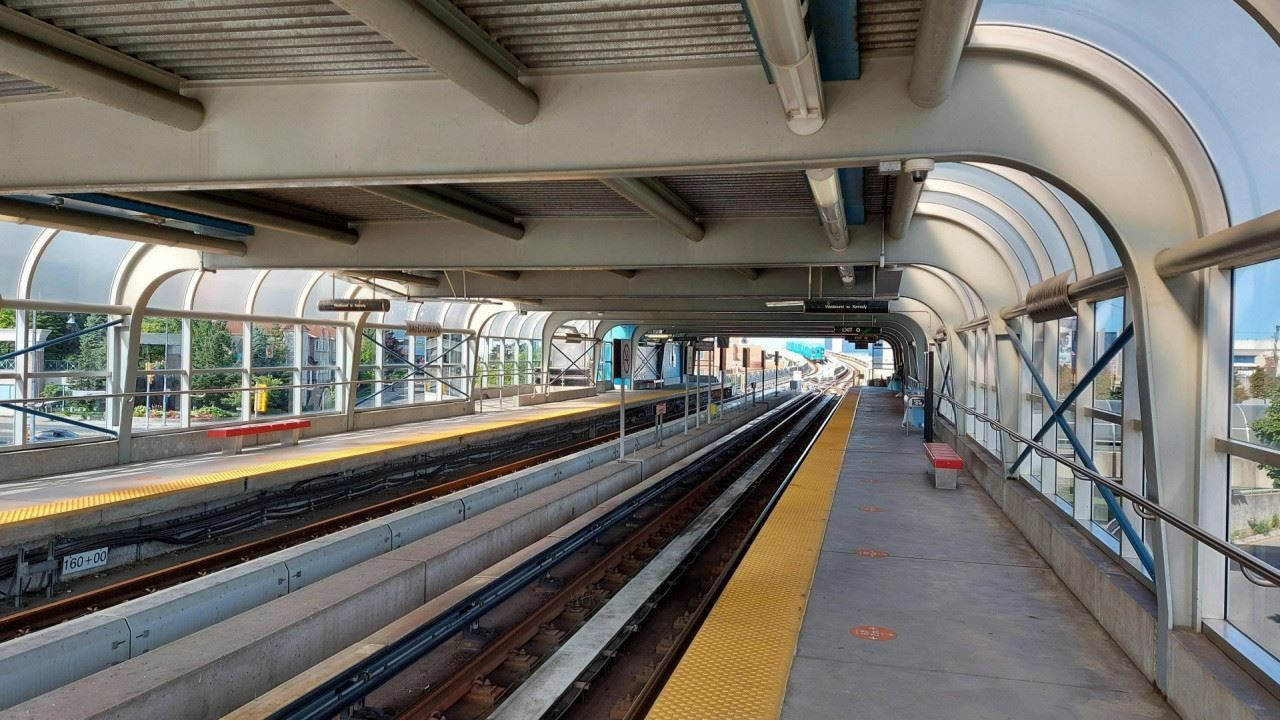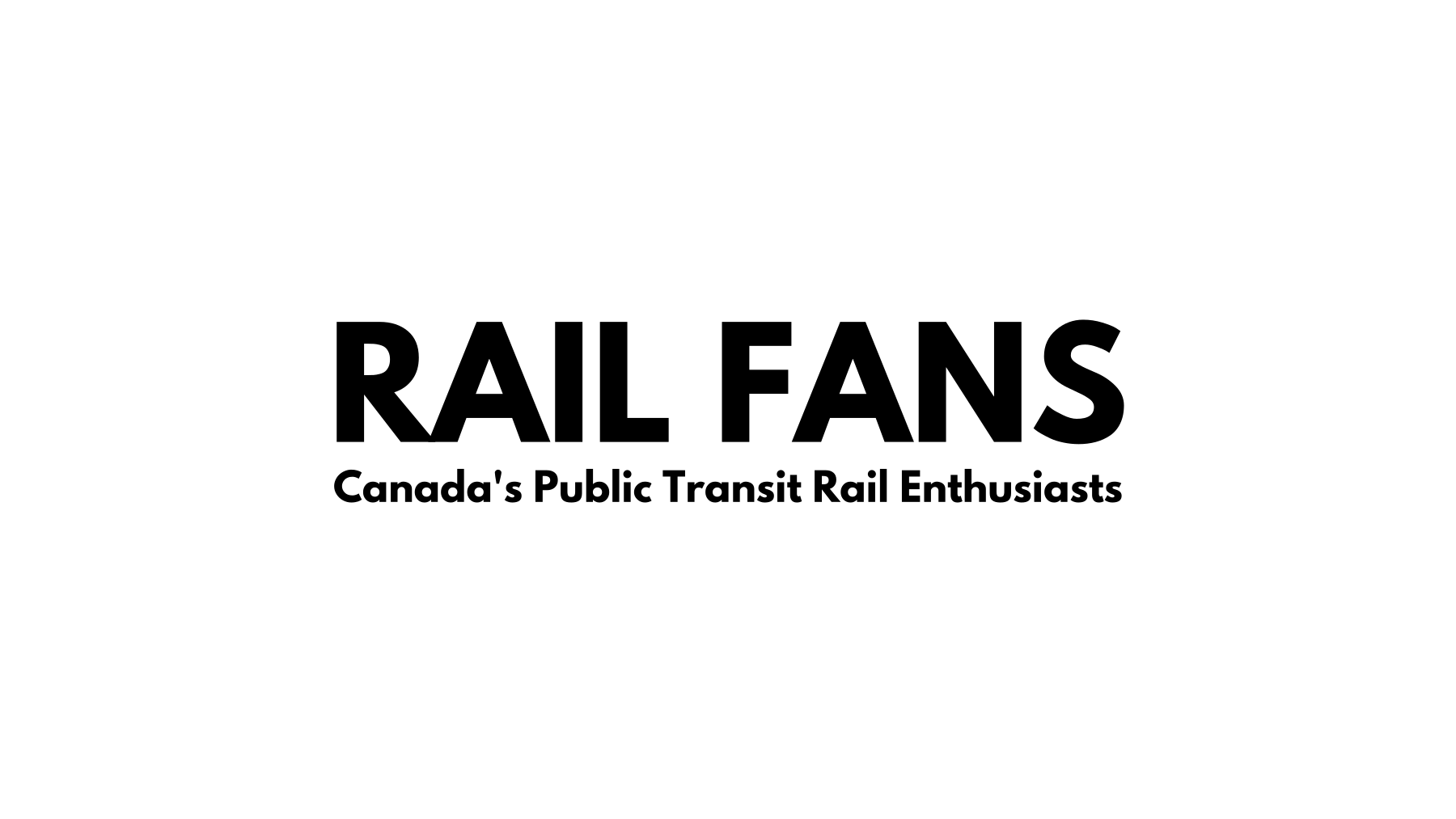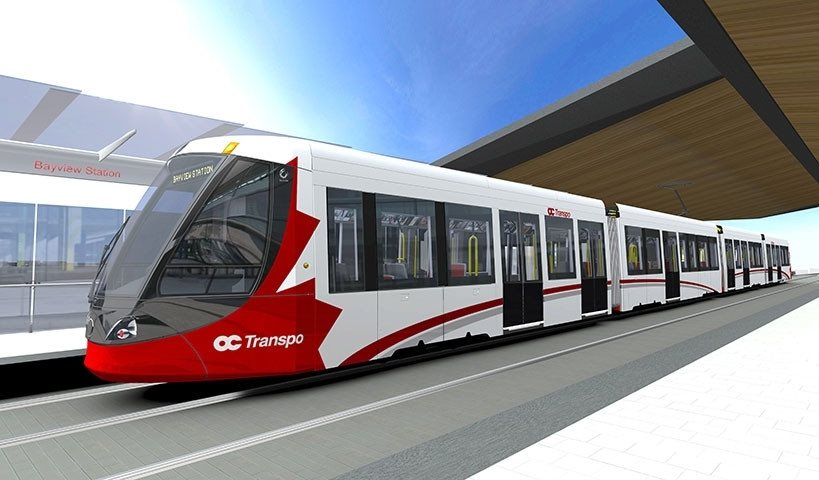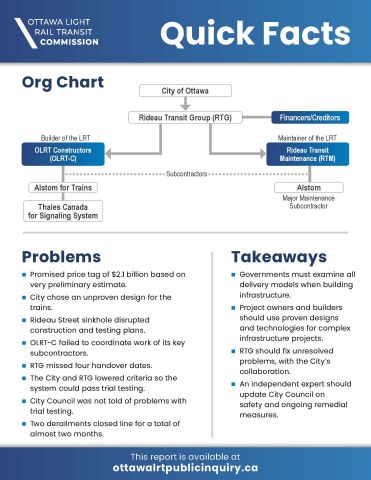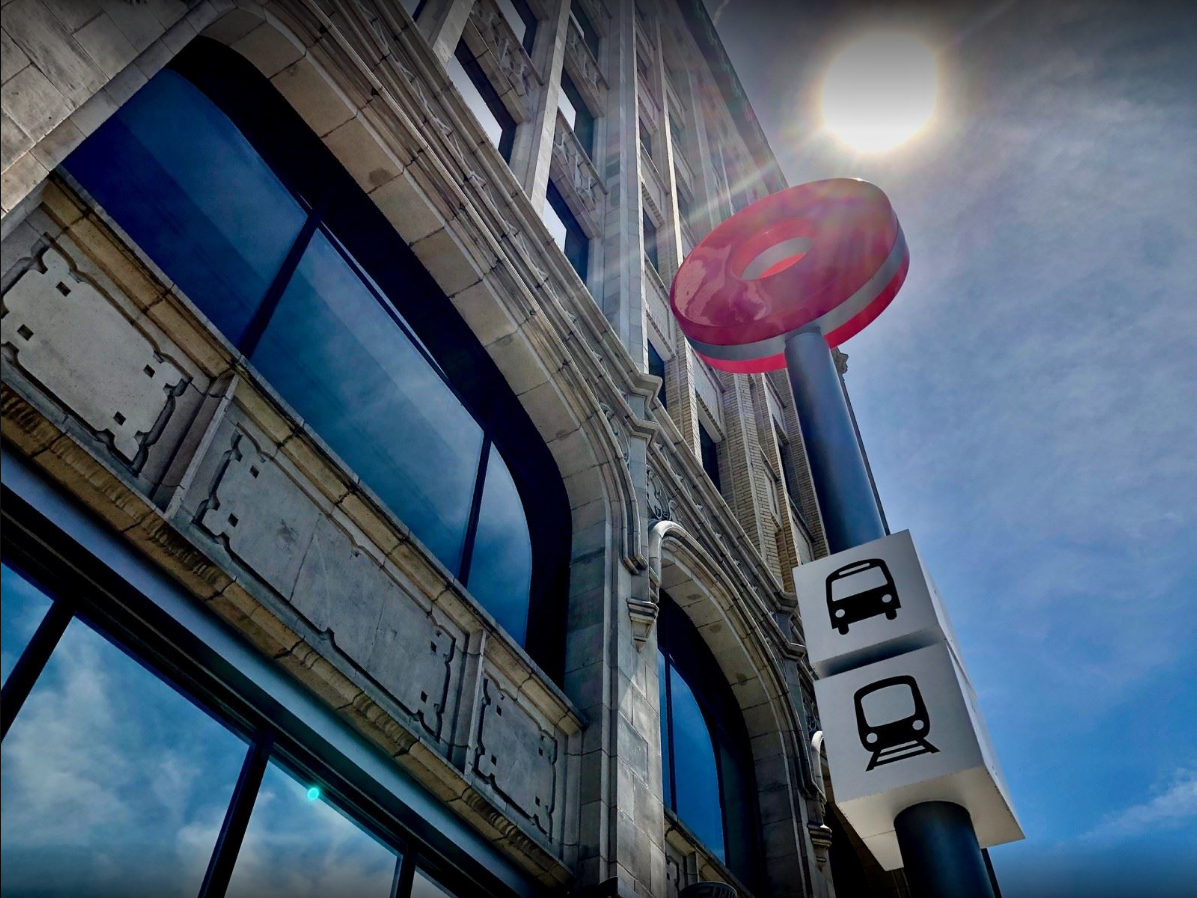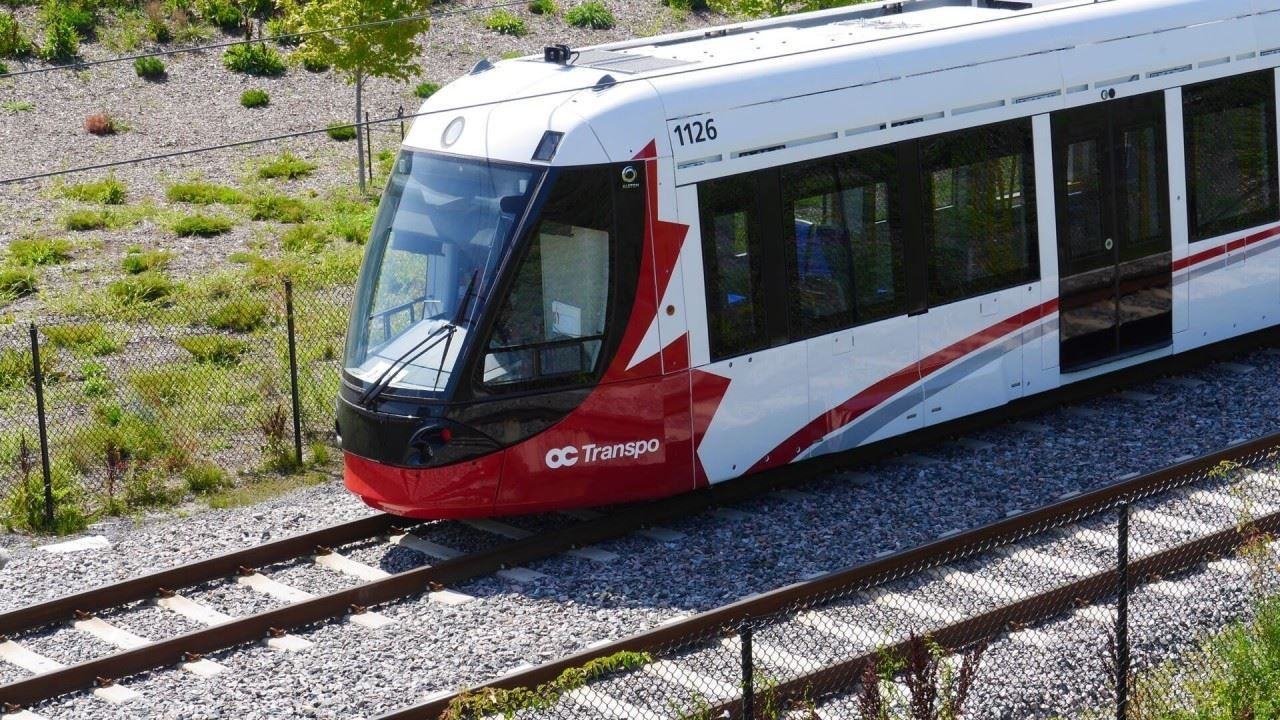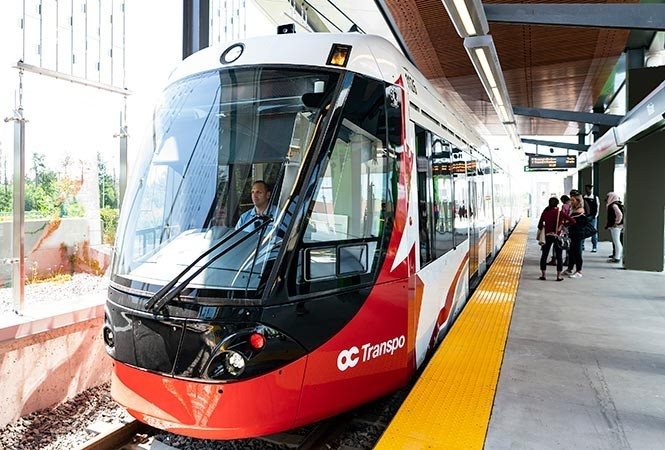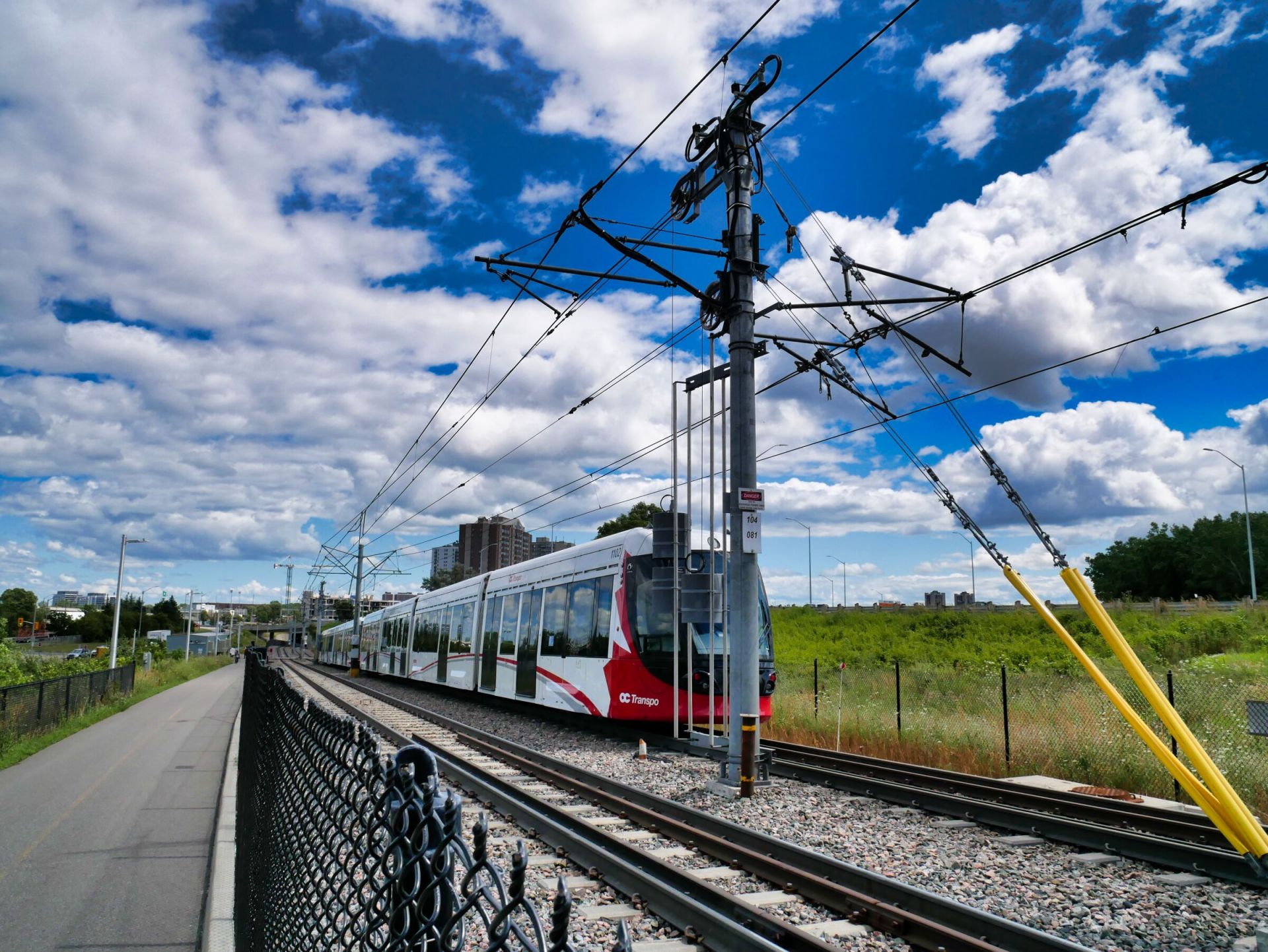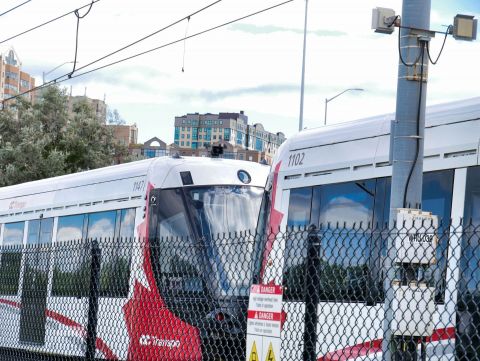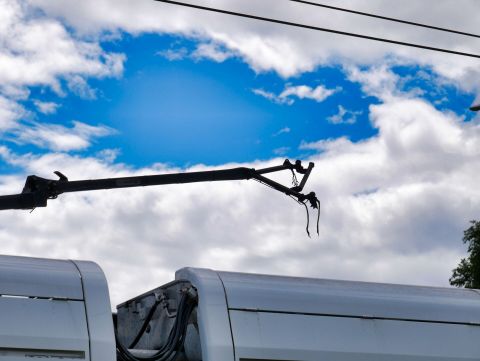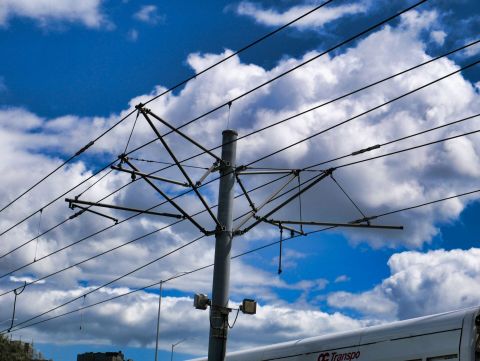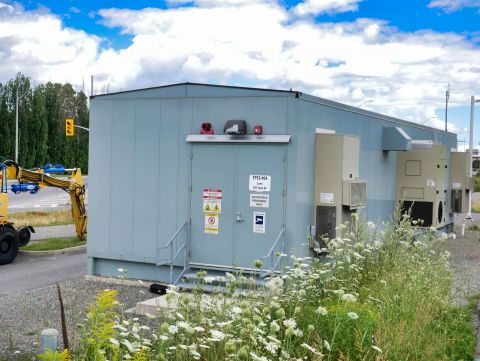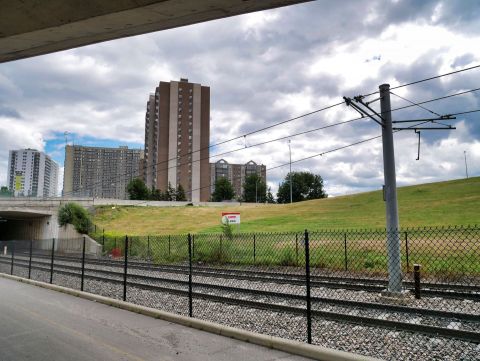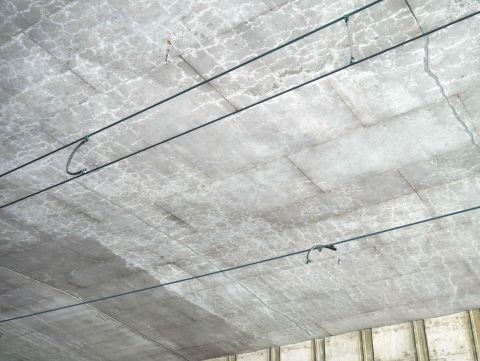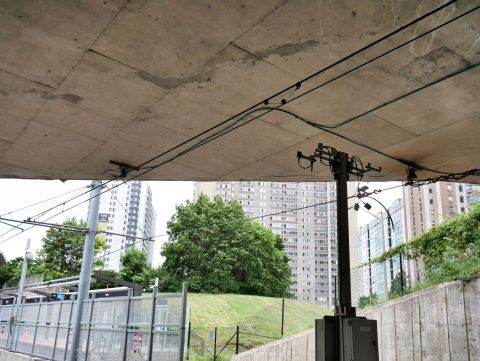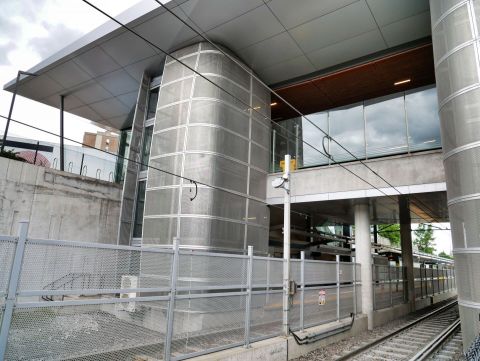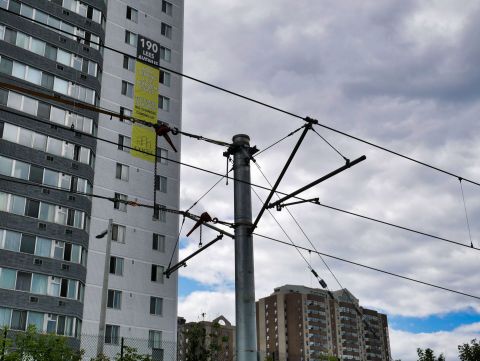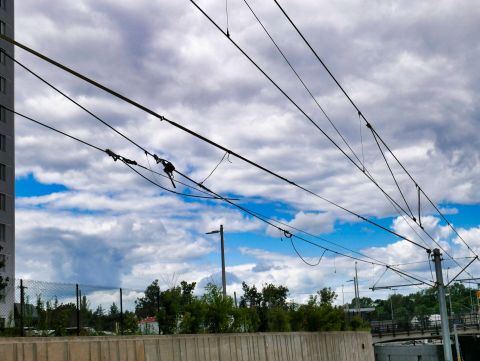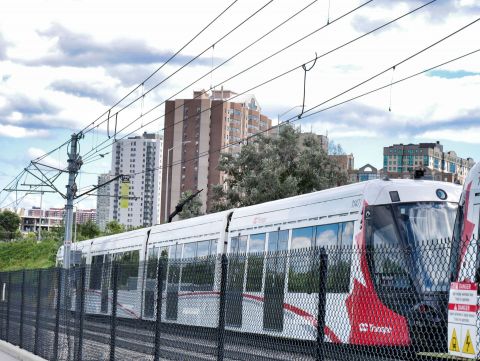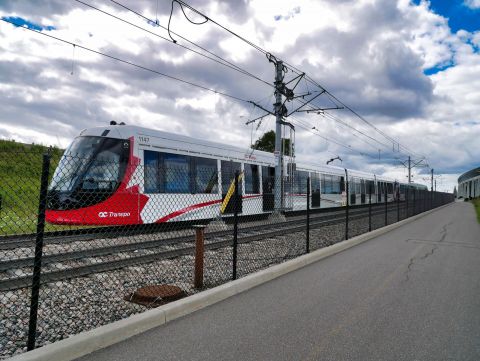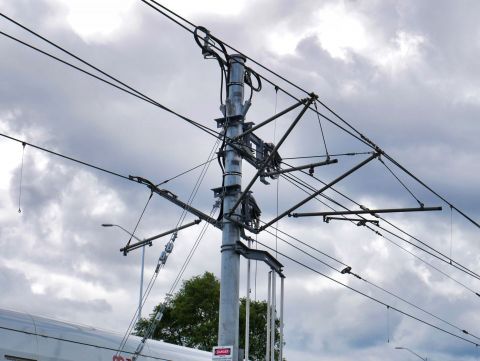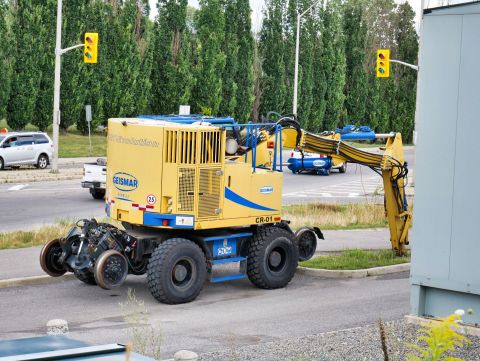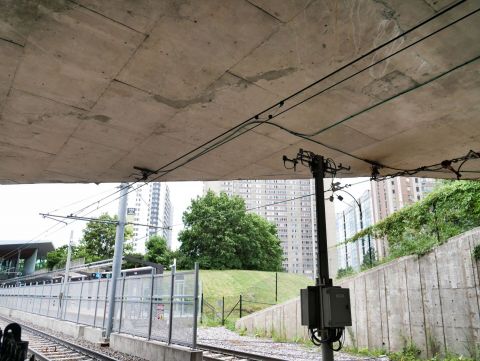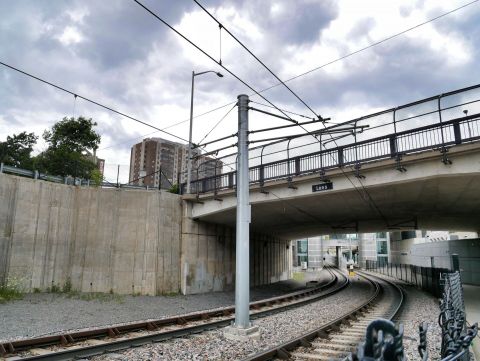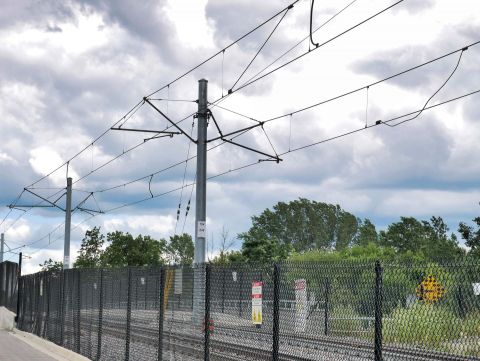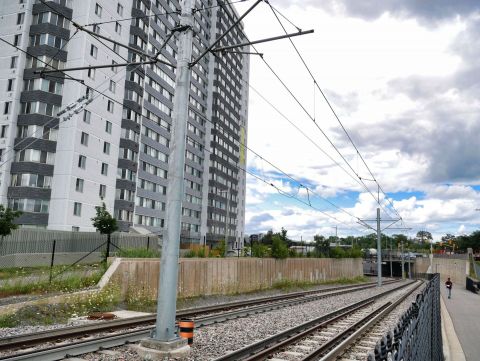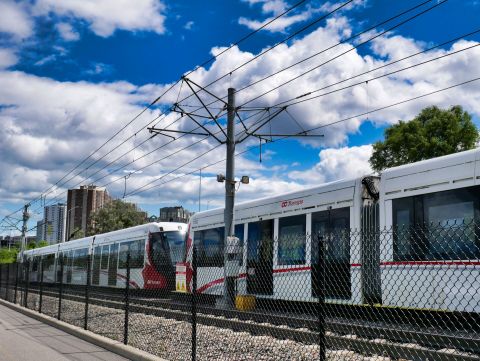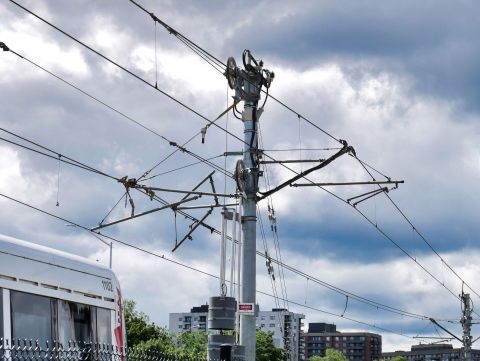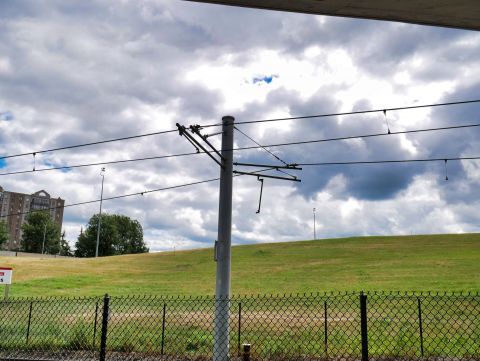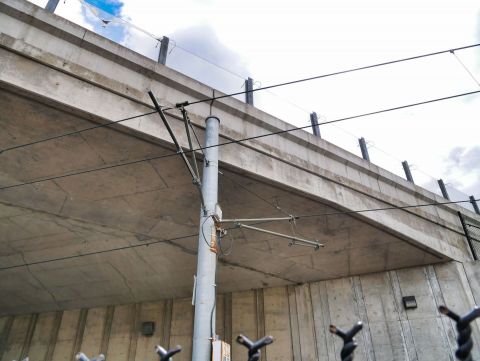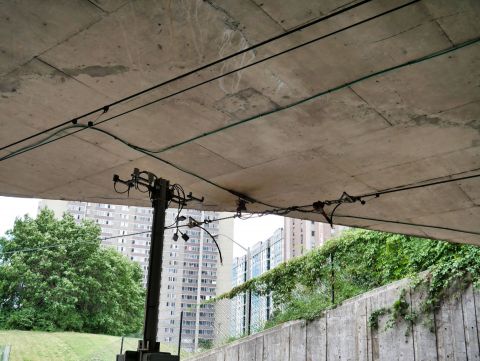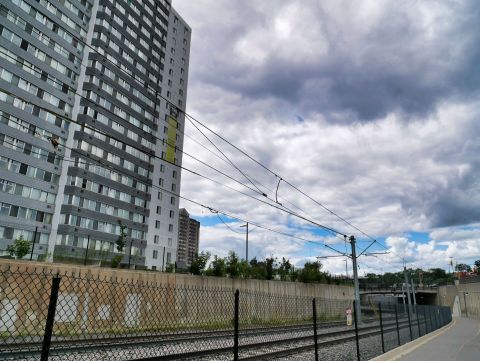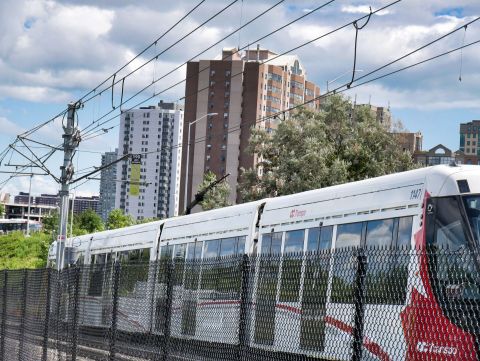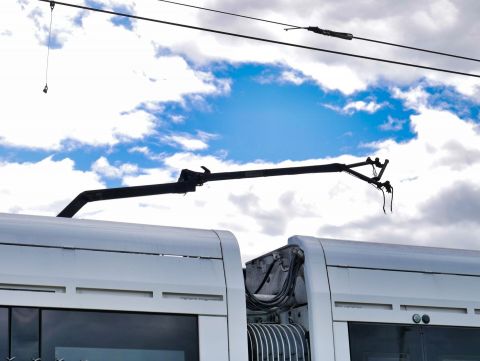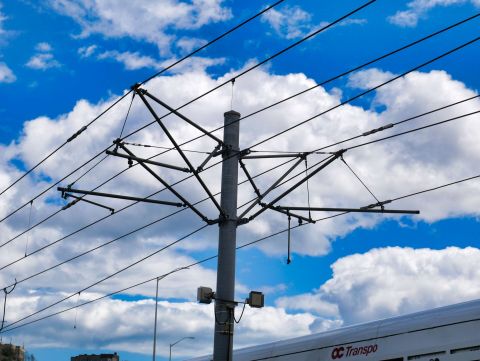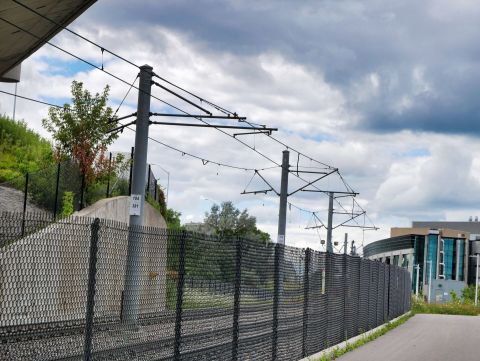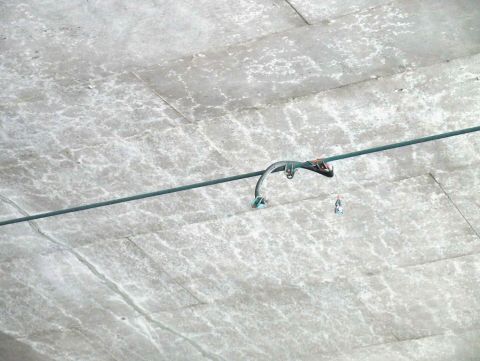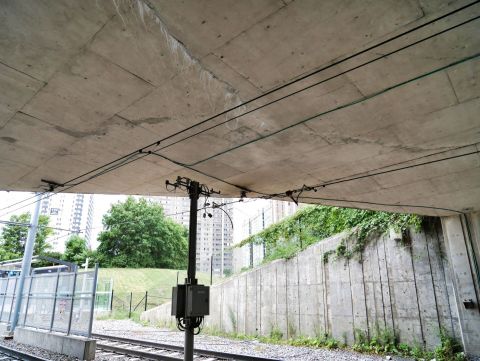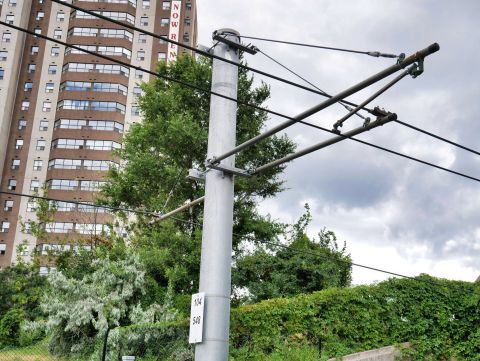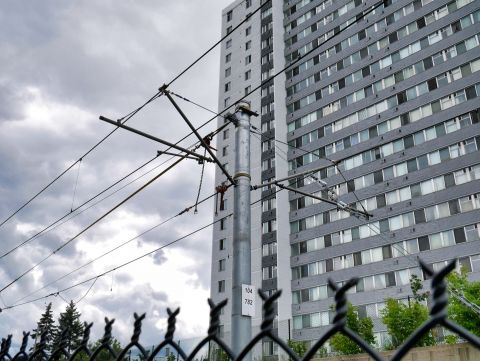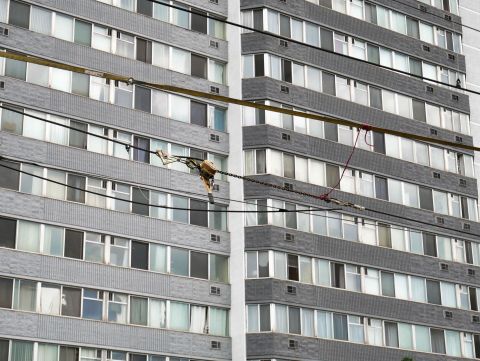VIA Rail Canada (VIA Rail) is pleased to announce the awarding of two contracts to two Canadian companies for the modernization of its maintenance centres in Toronto and Montréal. An important pillar of the Corridor Fleet Replacement Program, these upgrades will allow these centres to become the home base for the maintenance of VIA Rail's 32 new trains, while continuing to maintain and service our existing fleet.
VIA Rail awarded the contract for construction at the Toronto Maintenance Centre to Buttcon Limited, based in Concord, Ontario. Pomerleau Inc., based in Montréal, Quebec, has been awarded the contract for work at the Montréal Maintenance Centre. Funding for these projects was provided in the 2018 federal budget, and construction will begin in the spring of 2023.
"We are proud to work with two exceptional Canadian partners on these two projects," says Martin R Landry, VIA Rail's President and CEO. "The modernization of our maintenance centres is an important step in the fleet replacement program and in VIA Rail's overall modernization process. These centres will allow us to maintain the new Corridor fleet that embodies the vision we have for the VIA Rail of tomorrow."
These two Canadian companies were selected through a fair, open, rigorous, and transparent bidding process under the supervision of an independent fairness monitor. The evaluation of the proponents was based on various criteria including previous experience delivering similar infrastructure, and the ability to safely complete the work on time.
"VIA Rail takes an active part in shaping the future of mobility. At Pomerleau, we share this vision of sparing no effort to create a better future for our communities. That's why we strive to shape our industry by constantly improving our processes and construction methods. For tomorrow. It is with this commitment in mind that we gladly put our expertise at VIA Rail's disposal on the Montreal Maintenance Centre project which will be, once completed, a state-of-the-art facility," said Martin Jacques, executive vice-president at Pomerleau.
"In partnership with VIA Rail, and its team, we are thrilled to have been awarded this incredible modernization project," said Peter Di Gaetano, President and CEO, Buttcon Limited. "We bring to the table a qualified team of design and construction professionals offering a wealth of knowledge and experience. The Toronto Maintenance Centre Modernization Project aligns with our vast construction experience and philosophy with a hands-on project delivery approach and dedicated collaborative partnerships. Our partnership with VIA Rail is an example of how every team member contributes to the success of the project through innovation, collaboration, communication, experience and the sharing of expert professional skill sets. We look forward to transcending construction delivery, beyond industry standards, for the successful execution of the Toronto Maintenance Modernization Project."
The first train in the new fleet welcomed its first passengers onboard in November 2022 with a full commercial launch planned for 2023. They offer an unparalleled travel experience, comfortable seating, more seats for the mobility impaired and state-of-the-art technology to passengers travelling along the Québec City-Windsor corridor, Canada's busiest corridor.
For more information we invite you to consult our website:
Toronto Maintenance Center
Montreal Maintenance Center
About VIA Rail
As Canada's national rail passenger service, VIA Rail (viarail.ca) and all its employees are mandated to provide safe, efficient and economical passenger transportation service, in both official languages of our country. VIA Rail operates intercity, regional and transcontinental trains linking over 400 communities across Canada, and about 180 more communities through intermodal partnerships, and safely transported over 5 million passengers in 2019. The Corporation has been awarded five Safety Awards and three Environment Awards by the Railway Association of Canada since 2007. Visit the "About VIA Rail" section at https://www.viarail.ca/en/about-via-rail.
About Pomerleau Inc.
Pomerleau is one of Canada's leading construction companies and a leader in sustainable buildings. The company specializes in the construction of buildings and infrastructure and in civil engineering and also excels in virtual design and construction (VDC). Founded 60 years ago, the company employs 4,000 people at its nine regional offices and on nearly 200 worksites across the country. Pomerleau is the parent company of Borea Construction, the Canadian leader in renewable energy construction and owns Pomerleau Capital its private infrastructure investment and financing subsidiary. Since 2020, Pomerleau is part of Canada's Top 100 Employers. For details about Pomerleau, visit www.pomerleau.ca.
About Buttcon Limited
Buttcon Limited has completed work across Canada. The company is a Canadian, employee-owned construction company that has 43 years of construction experience. It has a rooted presence in the expanding infrastructure construction markets and through its project delivery execution, offers clients best-in-class construction solutions through experienced design and trade partners. It is supported by a team of progressive, experienced individuals that are focused on providing the best building solutions for their clients. Buttcon is a simple solution for transforming clients' visions into award-winning projects across Canada.
Source : VIA Rail Canada
